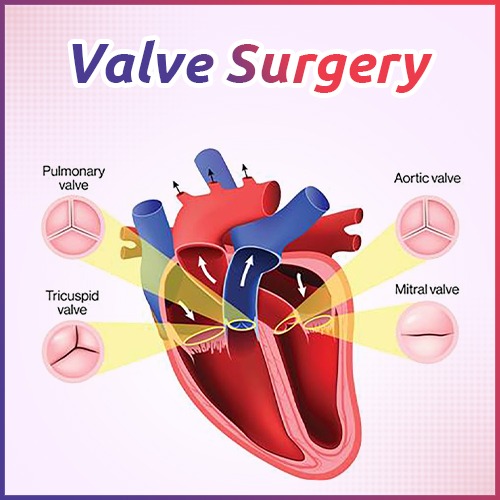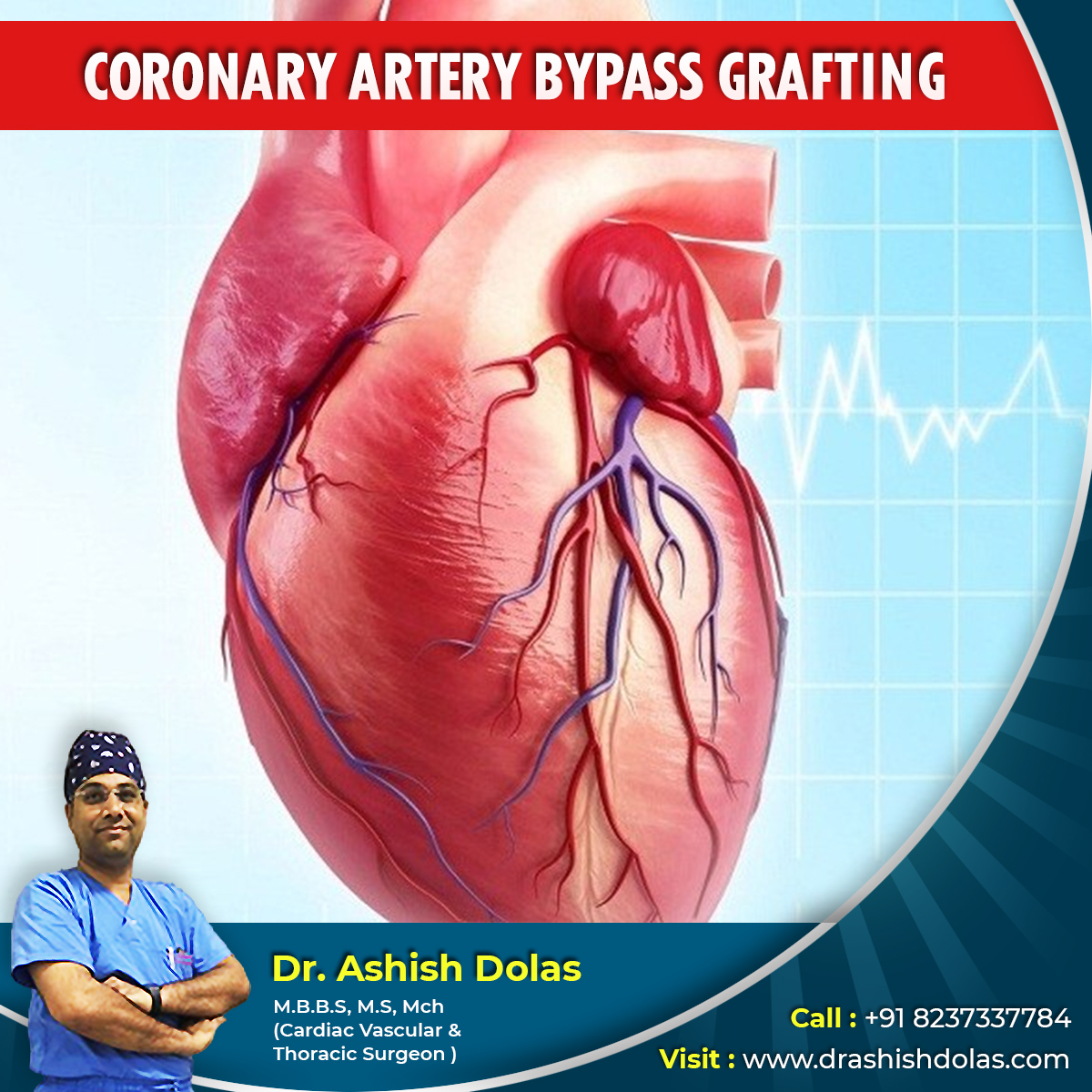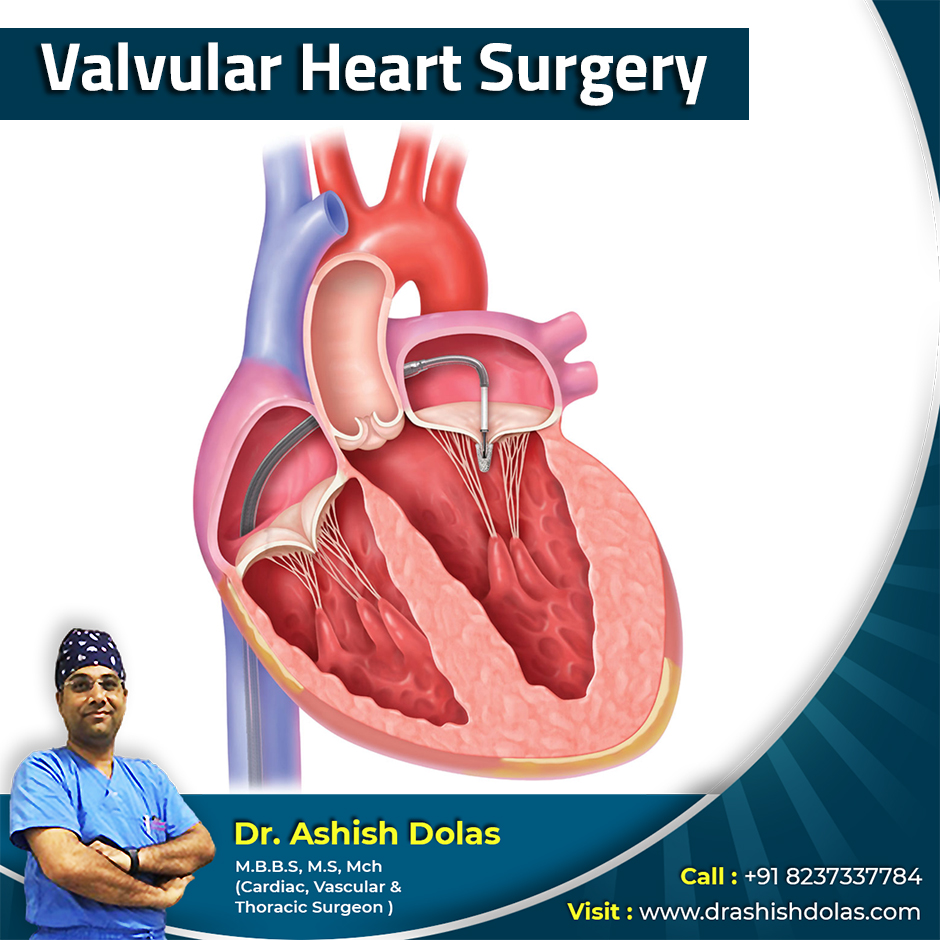Valve surgery is a method to strengthen or tighten the ring around a valve in the heart. It may be performed through other ways to repair a heart valve.
In this surgery, blood passes from the lungs and begins a pumping chamber of the heart termed as left atrium. Then, the blood passes into the final pumping chamber of the heart termed as the left ventricle. The valve is situated in between these two chambers. It makes sure that the blood continues moving forward through the heart.
Valve Surgery :For a mitral valve repair, one of the following methods is done:
- Some patients may look better following valve surgery because they are no longer affected by the signs of their valve disease.
- Reshaping of the valve by eliminating excess valve tissue
Signs and Symptoms of Common Infections:- Inform your physician if you have any of the following symptoms or signs of infection:
- Respiratory: Fever higher than 101 degree F, or coughing up yellow, white or green-tinged mucus.
- Urinary: Fever higher than 101 degree F, or frequency, urgency, burning, or difficulty in urinating.
- Blood: Any fever that lasts longer than two days and is characterized by chills, weakness, a feeling of ill health.
Valve Surgery: Prevention of Valve Infection: –
To stop the infection from happening around the new heart ring or valve, you should get medicines before having any methods that could allow bacteria to enter your body. Among these methods are:
- Surgical methods such as cystoscopy, colonoscopy, or other surgical methods.
- All dental methods, i.e. root canals, gum, cleaning, filling, removing teeth, or ulcer treatment. You may use dental floss we assist you in reducing tartar with any approved method.
Consult with your dentist or doctor whether the dosage of Coumadin requires to be stopped before any of the above methods.
Description:-
Before the surgery, you will get general anaesthesia.
You will be unconscious and pain-free. There will be a need of heart-lung machine for such types of operation, and you will be attached to the device through small cuts on the chest.
In case your specialist can repair the mitral valve, you may experience:
- Ring annuloplasty – The cardiac surgeon stretches the valve by sewing a ring of cloth, metal, or tissue around the valve.
- Valve repair -The surgeon shapes, trims, or rebuilds the flaps; one or both that closes and open the valve.
You will require a new valve if there is too much loss to your valve. That is called replacement surgery. Your heart specialist may remove all or some of your valve and stitch a new valve into that position.
There are two main kinds of new valves :
- Biological -Made of animal or human tissue. These valves last 11 to 15 years or longer, but you will probably not need to take blood thinners for life.
- Mechanical – Made of human-made materials, such as carbon and titanium. These valves last for longer period of time. You must take a blood-thinning medicine, such as warfarin for the rest of your life.
The operation may take 2.5 to 4 hours which can be done through a groin artery, with no cuts on your chest. The specialist sends a catheter with a balloon attached on end. The balloon expands to stretch the opening of the valve. This process is named as percutaneous valvuloplasty and is done to remove the blockage of mitral valve.For more information please visit




